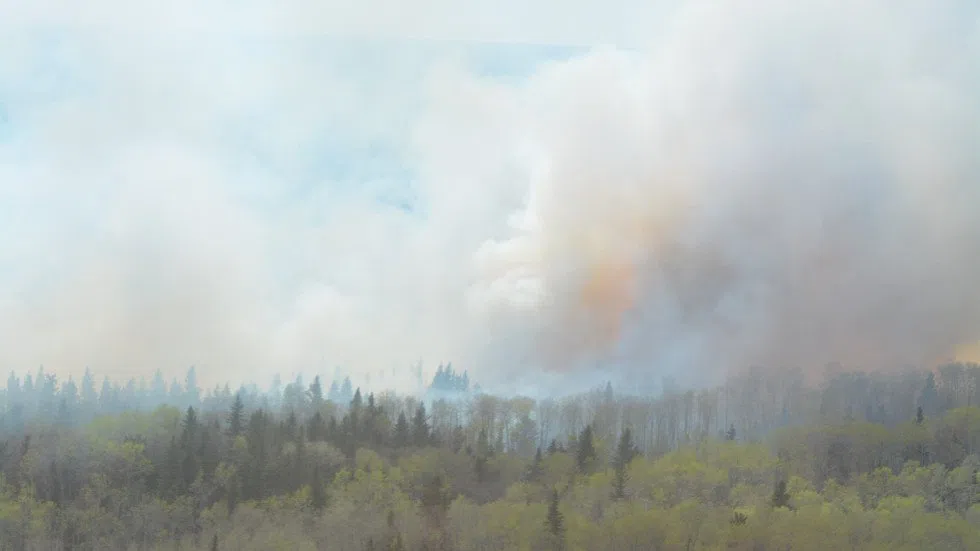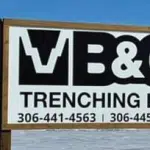
P.A. National Park set on fire, but for a good reason
The southeast area of Prince Albert National Park was recently blanketed by smoke and flames, but nearby residents could rest assured they were in no immediate danger.
After nearly four years of planning, 900 hectares of park land was safely set on fire, April 3, in what’s known as a prescribed fire.
Dustin Guedo, the parks fire and vegetation ecologist, said the prescribed fire is a great way to undo human damage. He said modern agricultural and even fire safety techniques have disrupted the natural ecosystem of the forest.
“(The forest) will go from open grassland area, to being encroached by forest and then having a fire come in and open it up again. We’ve lost that fire disturbance and the forest has moved in,” Guedo said.


